Let’s tackle the task of “deadheading” today—what is it and why should you do it?
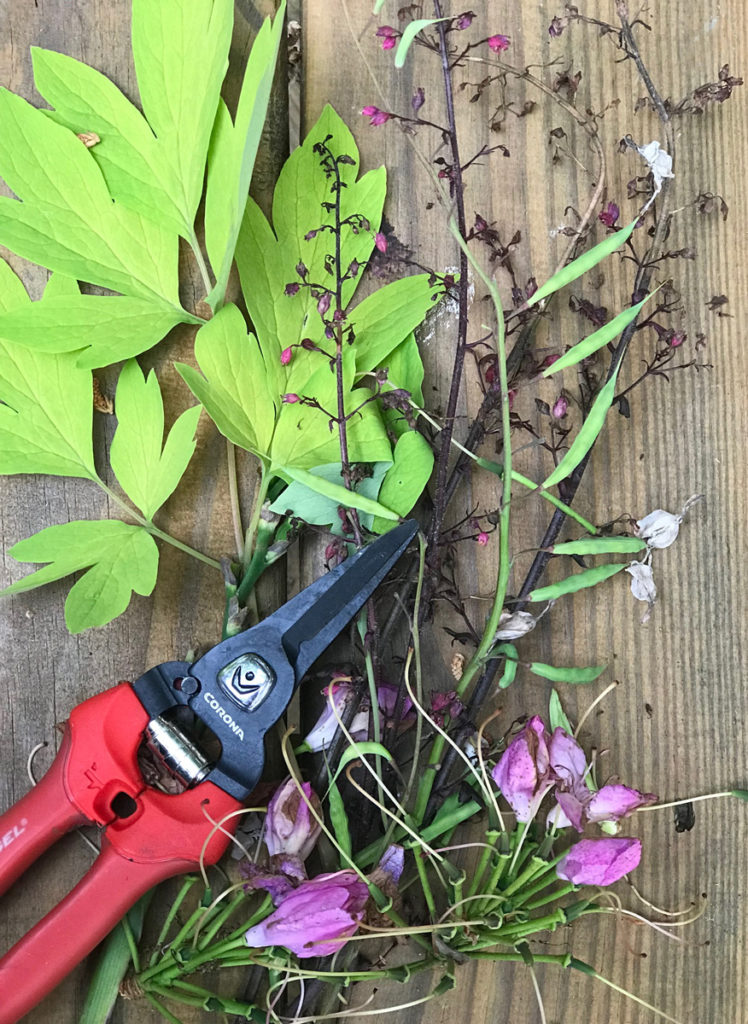
Deadheading simply means to remove the spent flowers from a plant. Once the flowers turn brown, we trim them off mostly to prevent the plant from reseeding around the garden or to improve the way it looks. After all, who wants to look at spent blossoms? But for some plants, there is an additional benefit: it makes them produce more flowers. Deadheading can breathe new life into a plant, encouraging it to grow fuller and be more floriferous.
Do I need to deadhead my annuals?
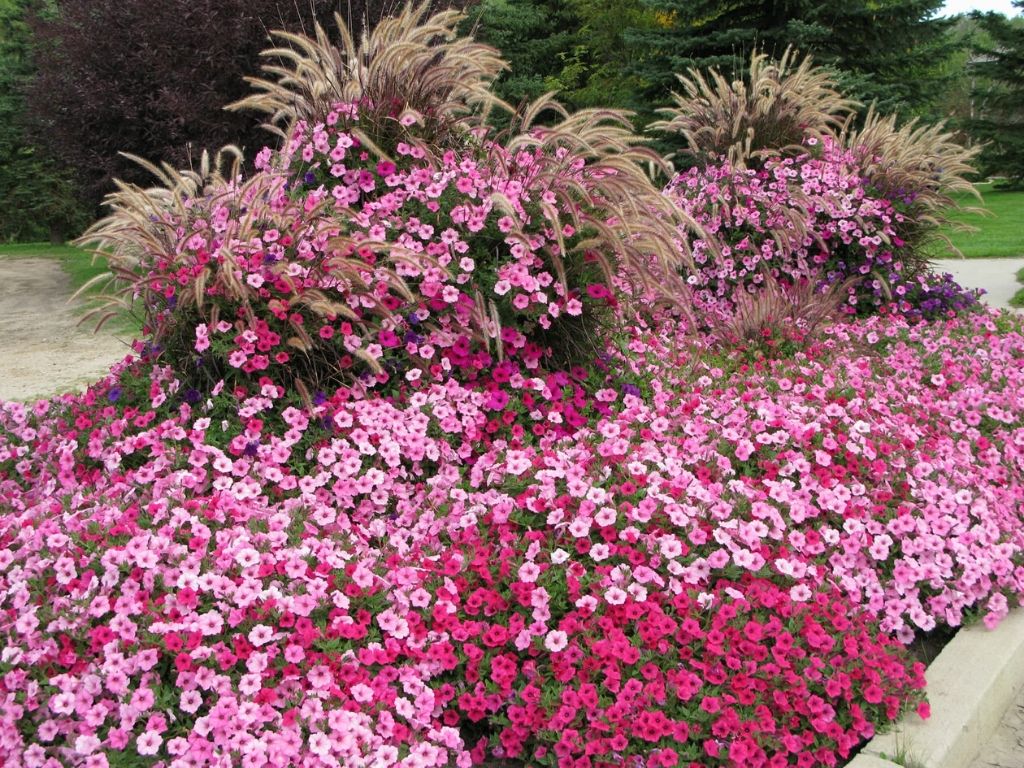
Since annual plants produce so many flowers, it can be quite a chore to deadhead them. Thankfully, you won’t have to do that with the Proven Winners® annuals we sell. They keep right on blooming all season without deadheading. That means no more picking the dead blossoms off your petunias or worrying about your sweet alyssum going to seed if you don’t trim off the spent flowers.
Most Proven Winners® annuals are self-cleaning, too. That means the spent flower petals naturally dry up and fall off on their own and new growth takes their place, continuing the bloom cycle. If the annuals you’re growing aren’t self-cleaning, you’ll want to deadhead them to keep them looking tidy and blooming strong through the seasons.
Which perennials and shrubs should I deadhead?
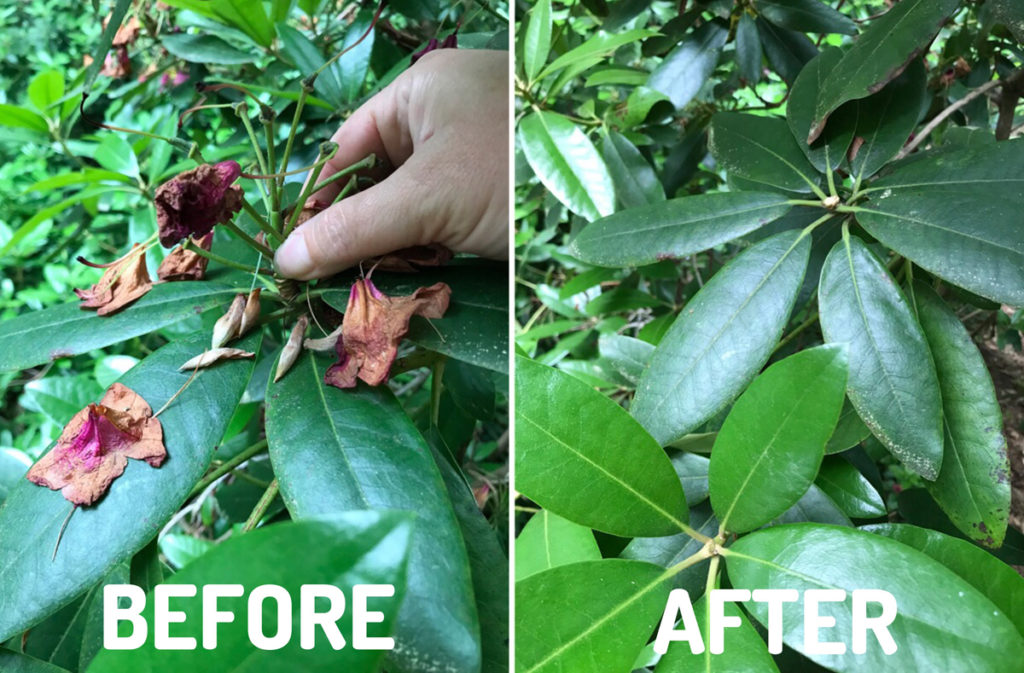
Perennials and shrubs are different from annuals in that most of them bloom at a certain time of year, then cycle back out of bloom. Peonies, astilbe and rhododendrons are all examples of this—they bloom in spring to early summer and then are finished until the following year. You could deadhead them to improve their appearance but doing so won’t make them bloom again that same season.
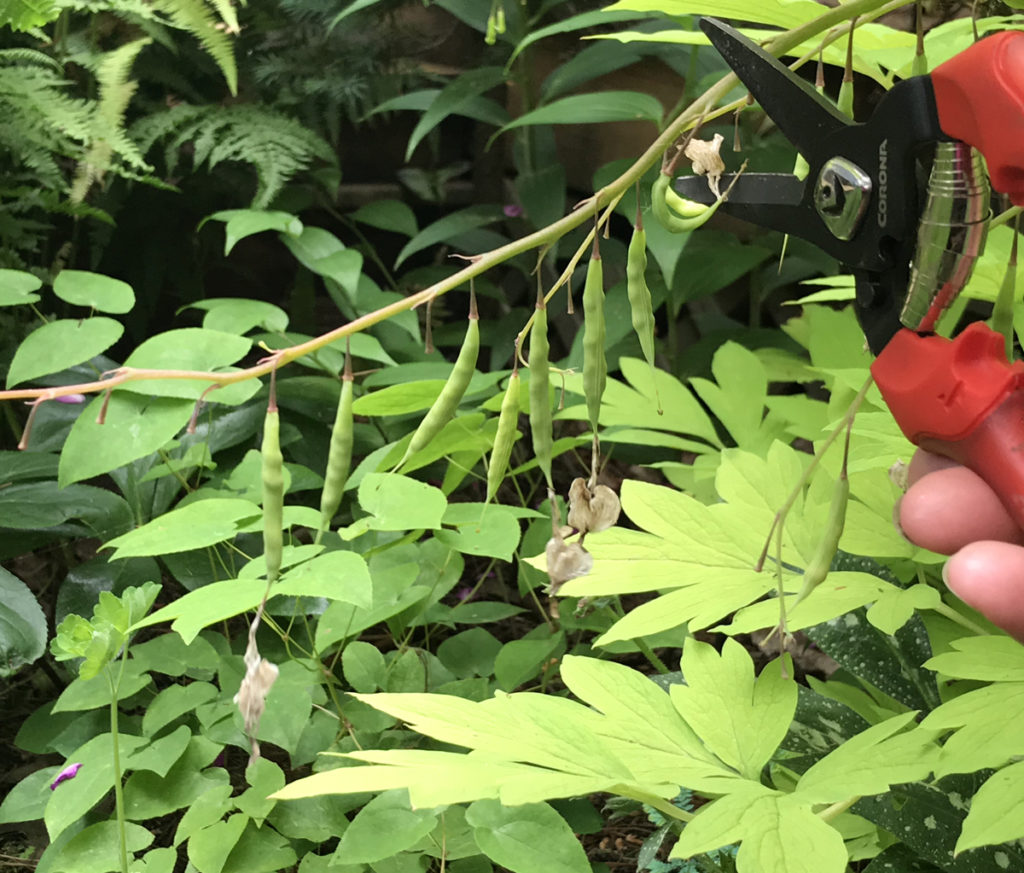
Reblooming varieties of perennials and shrubs produce flowers more than once per season, especially if they are deadheaded. Removing their spent flowers will encourage new growth to form, and with the new growth will come more flowers. For example, if you remove the spent flower stems of ‘Grape Timeless’ coral bells, it will make room for new ones to form in their place.
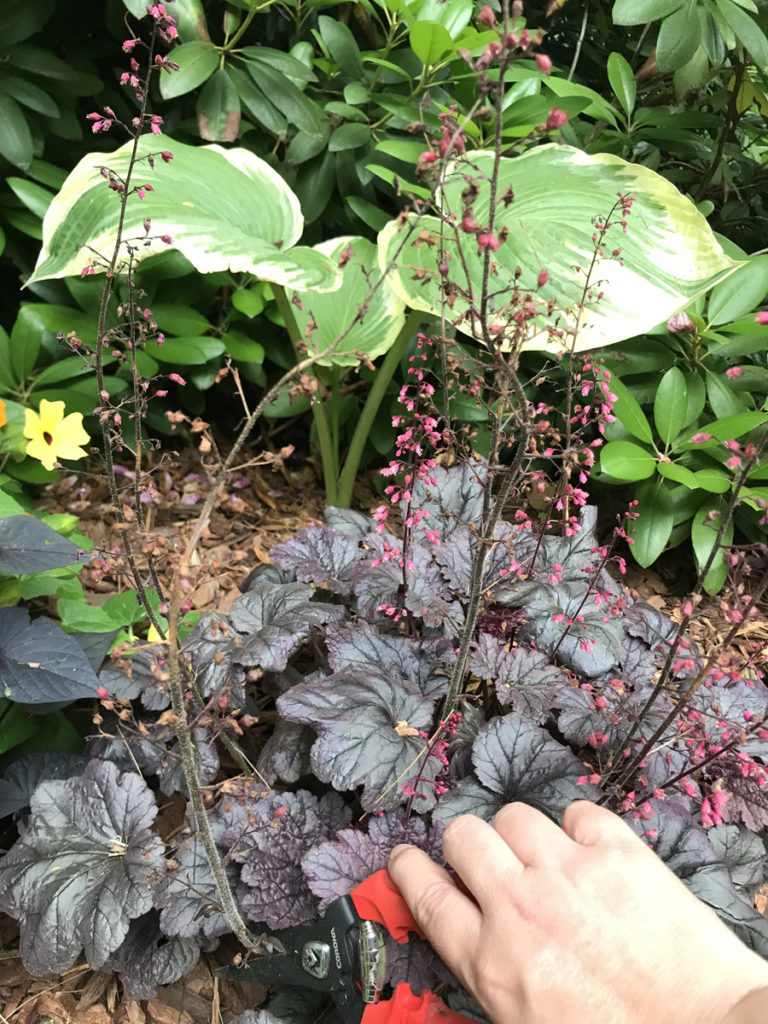
Another example of a perennial that benefits from deadheading is catmint (Nepeta). If you deadhead catmint by trimming back the top third of the plant after it blooms in early summer, the plant will be rejuvenated and will bloom again later that summer.
Some more examples of perennials and shrubs that typically rebloom if deadheaded include:
Clematis (reblooming varieties)
Daylilies (reblooming varieties)
Heuchera (reblooming varieties)
Shasta Daisy (select varieties)
Hydrangeas (reblooming varieties)
What tools do I need for deadheading?
When I’m walking out to the mailbox and I spot a few spent blossoms on my way, I can’t resist the urge to pinch them off. But the best way to deadhead your annuals and perennials is by using a pair of garden snips. Their long, pointed blades make it easy to get down into the plant to snip off the spent flower stems. If I’m heading out to deadhead my shrubs, I’ll use a pair of stronger pruners to cut through their woody branches. Using the right tool for the job always makes it easier.
How much of the plant should I trim off?
Deadheading is something you’ll get a feel for the more you do it. For some plants, it’s enough to pinch off just the spent flower stems. For others, it’s better to trim the whole plant back by as much as one third. You’ll start to get a feel for how your plants respond best once you’ve had some practice deadheading.
For some plants like Dianthus, will be obvious how to deadhead them. Since Dianthus forms a low, dense mound of foliage with the flower stems sticking up above it, it’s easiest to just shear all the flower stems back to the top of the foliage at once when they are spent. Other flowers, like shasta daisies, produce flower buds in the axils down the length of the stem. If you trim off just the spent flowers above those new buds, they’ll get more sun and build the energy they need to open.
Deadheading and pruning hydrangeas is a whole different animal. I’ve detailed how to trim them in this separate article.
Is deadheading a must-do garden task? No, but you’ll be rewarded with a tidier garden and more flowers if you do it. I’ve found deadheading to be one of the most relaxing of all the things I do in my garden. There’s something therapeutic about cleaning up all those spent flowers, and it’s a quick way to give your garden a quick pick me up, too.
So, grab a glass of lemonade (or your beverage of choice—I’m not judging!), a pair of pruners and a bucket and you’ll be ready to do some deadheading. Rock on, gardening friends!

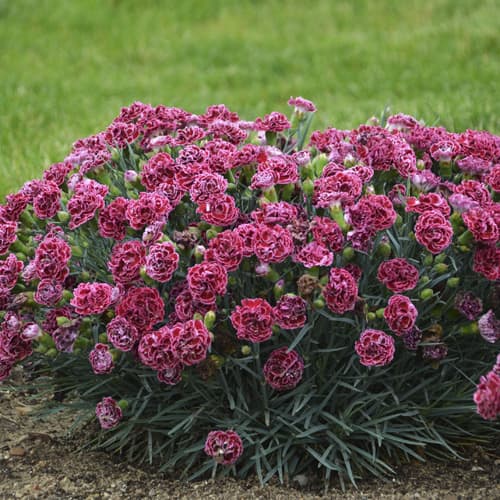
1 thought on “What does “deadheading” mean and why should I do it?”
I’m deadheading for tissue mussies at the Cappon House tea party. So yes! I’ll be so glad when that task is done. Yesterday was my last hurrah for fertilizing EVERYTHING… now it’s time to continue working on other projects